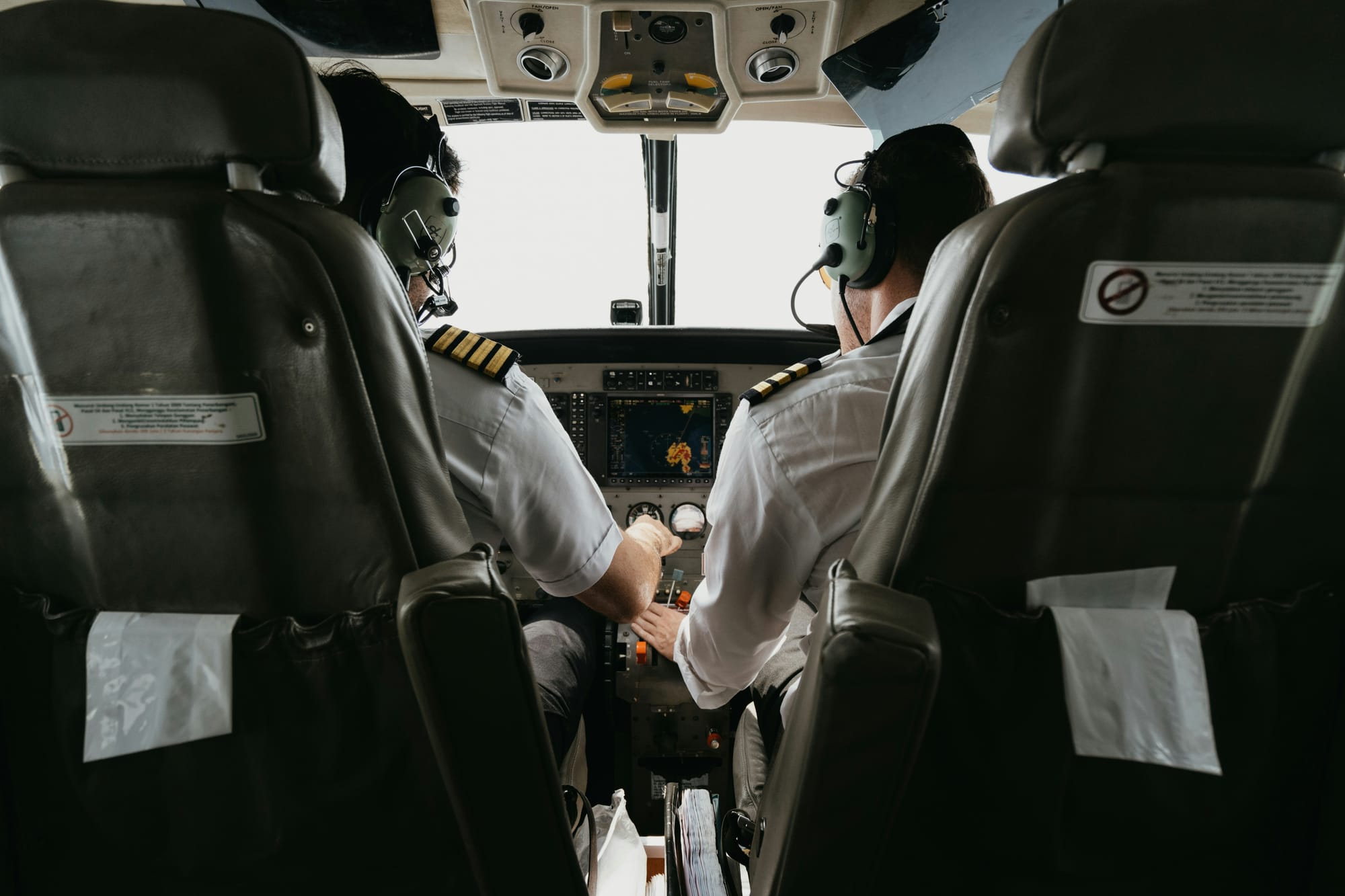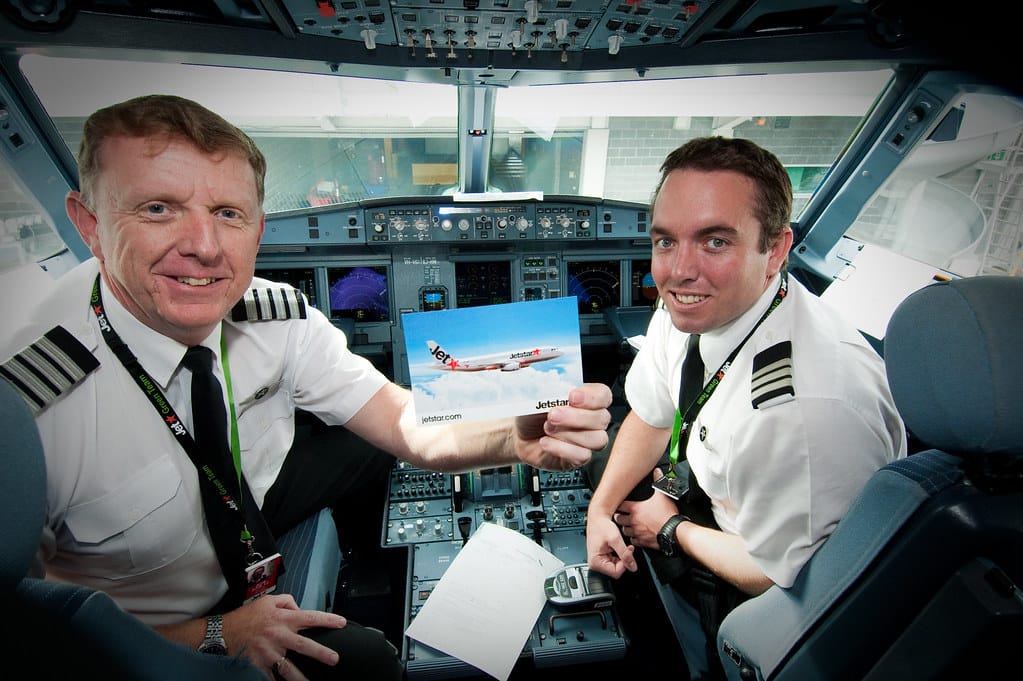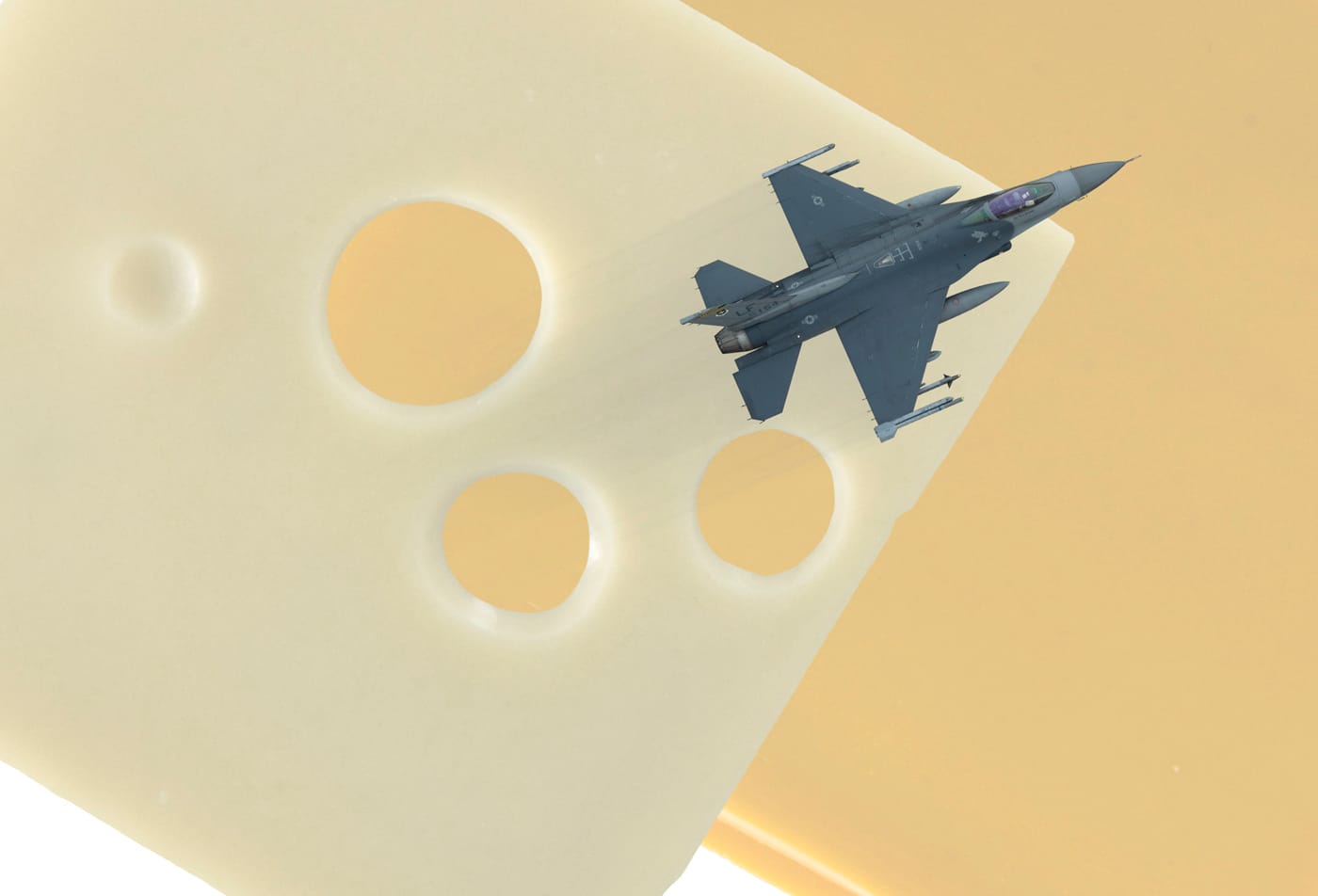Understanding Airline Booking Classes: What They Are and Why They Matter
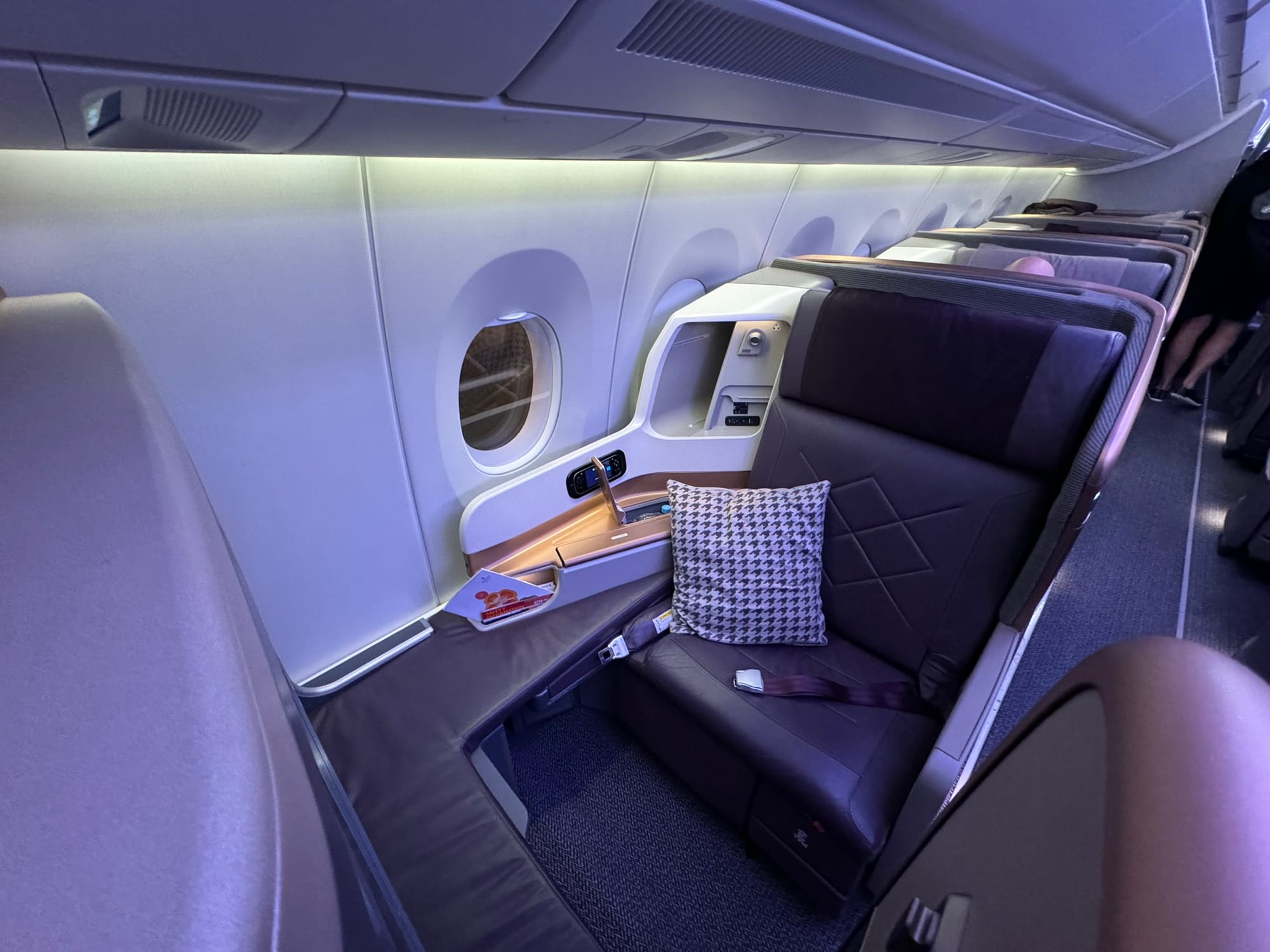
When booking a flight, you may have noticed the variety of classes listed, each with its own pricing, perks, and restrictions. These "booking classes" play a crucial role in the airline industry, affecting everything from ticket prices to the overall travel experience. Understanding these classes can help you make more informed decisions when planning your next trip.
What Are Airline Booking Classes?
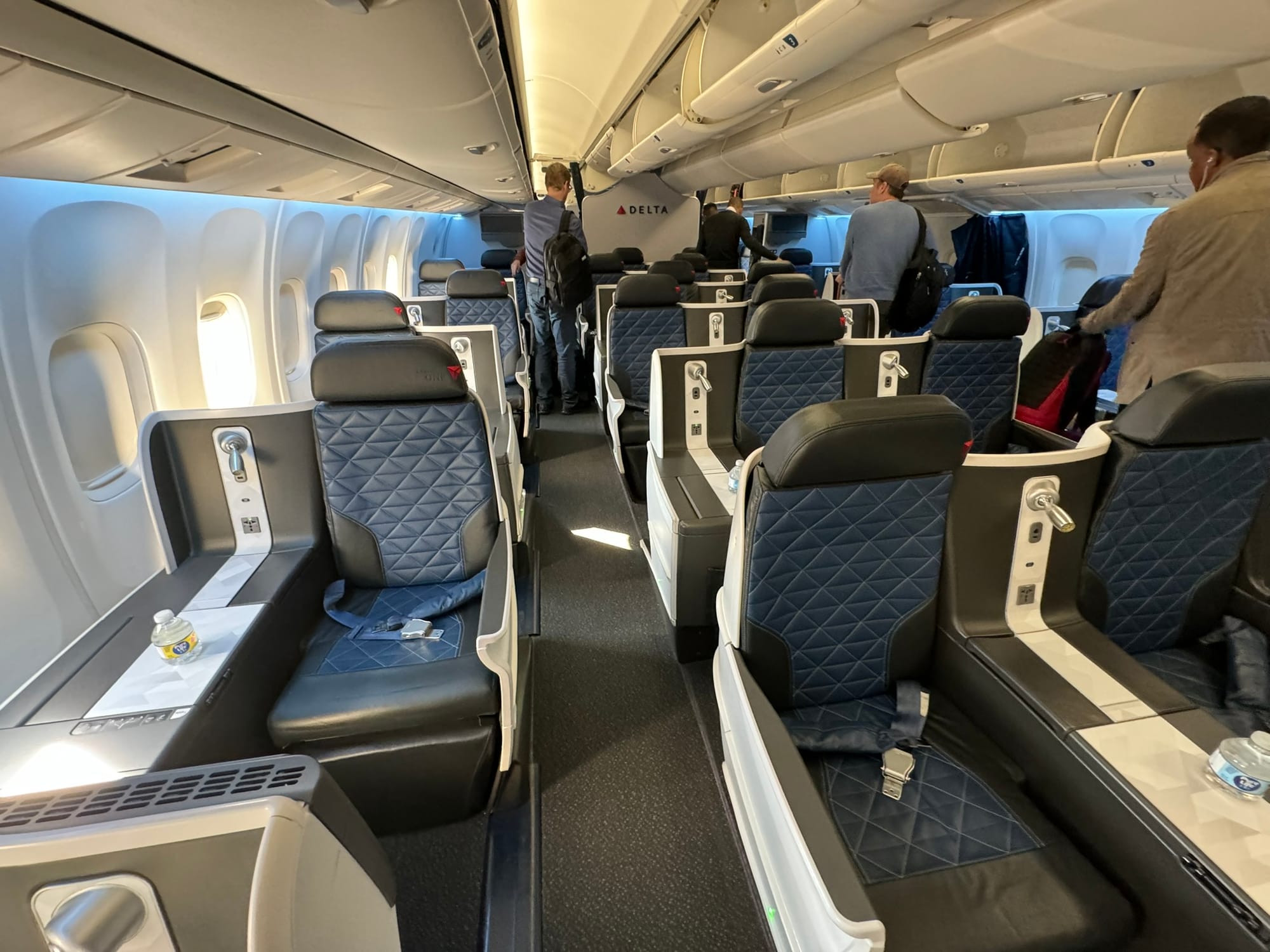
Airline booking classes, also known as fare classes or fare buckets, are categories of tickets that airlines use to differentiate between different types of fares. Each class is represented by a letter code, such as "F" "J" or "Y" which indicates the specific rules, pricing, and availability associated with that fare.
The booking class determines several factors:
- Ticket Price: The cost of the ticket is directly influenced by the booking class. Higher classes usually offer more flexible terms and additional amenities but at a higher price.
- Seat Availability: Airlines allocate a certain number of seats to each booking class. Once a class sells out, the fare for that class is no longer available.
- Refund and Change Policies: Different booking classes come with varying degrees of flexibility regarding changes and cancellations. Lower-priced classes typically have more restrictions.
- Frequent Flyer Miles: The amount of miles earned on a flight can also depend on the booking class. Premium classes usually earn more miles.
Common Booking Classes

Although booking classes can vary slightly between airlines, there are common categories that most carriers use:
First Class (F, A, P)
- F: Full-fare First Class. This is the most expensive and flexible fare, offering maximum amenities and earning the most frequent flyer miles.
- A: Discounted First Class fare. Slightly cheaper than F but with fewer seats and some restrictions.
- P: Promo First Class fare. Heavily discounted but with significant restrictions, often non-refundable.
Example: On Emirates, "F" class might include access to a private suite, fine dining, and chauffeur services.
Business Class (J, C, D, Z)
- J: Full-fare Business Class. Like "F" in First Class, this is the top tier of Business Class with the best perks and flexibility.
- C: A slightly discounted Business Class fare, still offering most of the premium services.
- D: A further discounted Business Class fare with some restrictions.
- Z: Promotional Business Class, with significant limitations on flexibility.
Example: Singapore Airlines’ "J" class offers lie-flat seats, priority boarding, and exclusive lounge access.
Premium Economy (W, E, T)
- W: Full-fare Premium Economy. Offers more comfort than standard Economy with flexible terms.
- E: Discounted Premium Economy, with fewer perks and some restrictions.
- T: Promo Premium Economy. Limited availability and significant restrictions, including non-refundable tickets.
Example: On Virgin Atlantic, "W" class offers extra legroom, priority boarding, and enhanced meal options.
Economy Class (Y, B, M, H, Q, V, L, K, G)
- Y: Full-fare Economy. The most flexible Economy fare, often fully refundable and changeable.
- B, M: Discounted Economy fares with good flexibility but at a lower price.
- H, Q, V: Further discounted Economy fares, with more restrictions.
- L, K, G: Deeply discounted promotional fares with very restrictive conditions, usually non-refundable.
Example: Delta’s "Y" class might allow changes without fees and includes a standard checked baggage allowance, while "L" might be a Basic Economy fare with no changes allowed.
How Airlines Use Booking Classes

Airlines strategically manage booking classes to maximize revenue. They release a limited number of seats in the lower fare classes and gradually make more expensive fares available as the flight date approaches and seats fill up. This practice is known as yield management, helping airlines balance between filling seats and maximizing profit.
Additionally, airlines use booking classes to manage loyalty programs. Higher booking classes typically offer more frequent flyer miles or points, which can be a deciding factor for frequent travelers.
Final Thoughts
Understanding airline booking classes can significantly impact your travel experience, whether you're looking for the most affordable fare or the best value for your money. By being aware of the different classes and what they offer, you can make smarter choices when booking flights, ensuring that your needs—whether for flexibility, comfort, or cost—are met.
The next time you’re booking a flight, take a closer look at the fare classes available. A little extra knowledge could mean better value, more comfort, or even a more enjoyable journey. Whether you’re a casual traveler or a seasoned jet-setter, knowing your booking classes is a key part of optimizing your travel experience.


